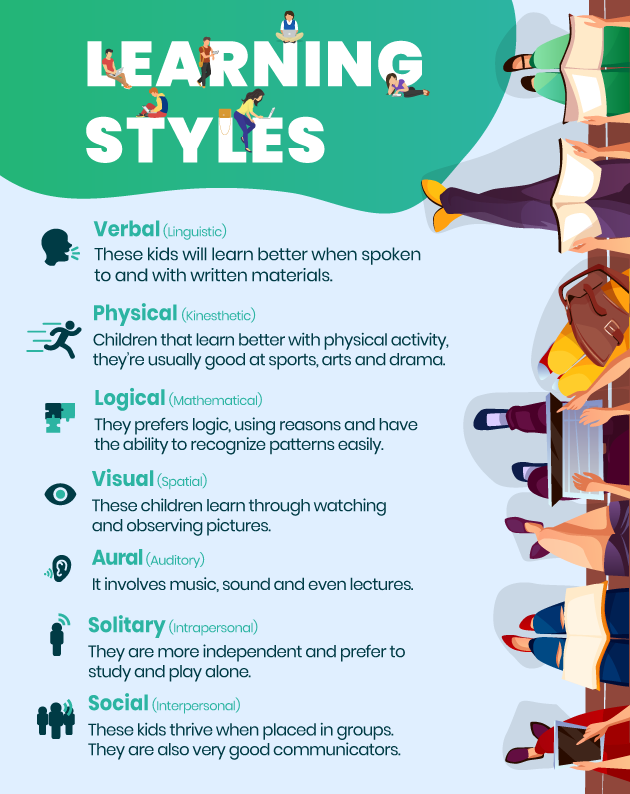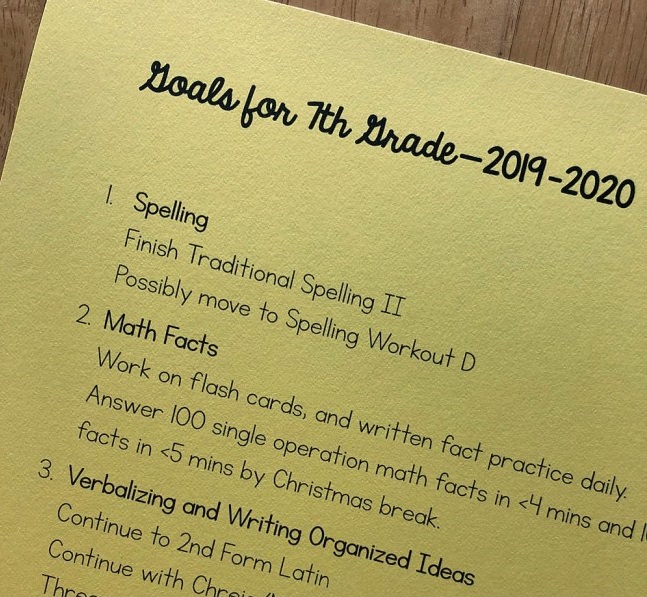With the ongoing COVID-19 pandemic, more parents now consider homeschooling as an option to keep their kids schooled while being safe. But how does it go and how can moms and dads make sure it goes well for their kids? Here are some useful homeschooling tips to help you out.
Homeschooling vs. Distance Learning
When exploring the homeschooling option, many parents can confuse it with the idea of distance learning. While both are off-premise learning methods, they differ in implementation. In distance learning, students are still enrolled in physical schools. They then receive learning modules from the school and work on these at home.
Distance learning students also check in with their teachers either through video calls or chat. This is done during a fixed schedule that may correspond with regular school hours. As for parents, their role is mainly to assist kids in studying the lessons outlined in their modules.
Homeschooling doesn’t follow all that formal schooling structure. Instead, parents take over the role of educator, creating the lessons their kids will follow. They also prepare and administer the tests to their kids. Additionally, homeschooling follows a flexible schedule and kids can do it during the times most suitable for them.
The benefits of homeschooling
One of the major benefits of homeschooling is that it can provide a more effective learning method for your kids. It has been shown in studies that kids have vastly different learning styles. As such, the general curriculum followed in formal schools might not suit every child in the class. With homeschooling, you can tailor your kids’ curriculum specifically to the learning style that they best respond to.

Homeschooling also offers a greater deal of flexibility. Since it is not tied to a fixed schedule, you can better accommodate your child’s schooling sessions to your daily routine. This is especially helpful during the current pandemic, where everyone is staying home at the moment.
That flexibility also extends to the kind of lessons you can teach your kids. Since you are the one creating the lessons, you are free to teach a wider array of topics. You can teach skills that the kids may only learn in later grades at formal school or not at all. This also provides a better training ground if you want to teach a specific value system to your kids.
Another great benefit of homeschooling is a better relationship with your child. By joining your kids in their educational journey, you get to bond with them more and you will also be present during their major milestones, creating more shared experiences between you and them.
The challenges of homeschooling
For all its benefits, adapting to homeschooling is not going to be easy. The biggest challenge here is that you need to do a major lifestyle change. Since you are the one who will oversee your kids’ study, you might need to do things like quitting a job for this. There are also other major financial adjustments you have to do to make it work.
With all the things to be done, switching to homeschooling can be a stressful experience. Since you are new to this, you might find yourself thinking about whether you are doing it right. Because of this, some parents might back out from completing the transition.
Homeschooling Tips for a successful transition
With those concerns, you need to plan your shift carefully. The homeschooling tips below will help you prepare both yourself and your kids for the move.
Tip no. 1: Get the right provider
When starting with your kids’ homeschooling, you have the option of either going fully independent or signing up with a provider. With the former, you will do all the work of preparing the curriculum and lessons. You are also the one who will keep track of all the necessary documentation for your child’s records.
Providers do all the curriculum-building work for you. This ensures that it is within the guidelines set by the Department of Education. The providers also handle the record-keeping, freeing you to focus more on the lessons and your teaching method.
When going with providers, consider the following factors:
- Accreditation: The provider must be duly recognized by the DepEd. It should also be able to give your kids a Learner Reference Number used for keeping their records.
- Curriculum: Lock for a provider that allows the use of an open curriculum. This gives more freedom in developing your kids’ lessons as you see fit while still meeting the required competencies.
- Assessments: The provider should offer different assessment types, like quarterly and annual assessments. It should also provide a facilitator to guide your kids during these assessments.
- Grading system: See if the grading system used by the provider is on par with the standards used in regular school.
- Support system: A good homeschooling provider should have plenty of workshops, seminars, and resources that will help you better teach your kids.
By following these considerations, you can narrow down the list of providers to the ones that best suit your needs. You can check some good recommendations here.
Tip no. 2: Set learning goals together with your kids
As mentioned earlier, each kid has a different learning style. As such, you want to orient their learning goals according to these. To do that more effectively, you need to get your kids involved in the goal-making process.

First, outline some of the key learning objectives you want to cover. For example, you may want to have your little ones learning basic math within a year. Once you have these goals down, ask for their input. They will be able to tell you whether they think they can accomplish those goals. From there, you can refine these goals to better suit their preferences. This is also a great exercise to hone your kids’ goal-setting abilities.
Tip no. 3: Set up a learning area
Like distance learning, homeschooling your kids can be hard to do if there are a lot of distractions around the house. You can resolve that by creating a designated learning space within the house. This can be a spare room where they can study in peace.
When preparing the space, make sure that it will be comfortable for them by providing the right sized desks and chairs. This will help make learning more conducive. You would also want to store their study materials in a convenient location. Teach your kids to return their materials properly to that location to further hone their responsibility.
Tip no. 4: Go beyond the regular classroom
Since your kids are not confined to the traditional classroom, you are also not confined to the usual teaching methods. Incorporate a wide variety of activities that will help your kids better learn each lesson. Games are a particularly good option, as they add a fun factor that kids will like.

Additionally, you would want to have plenty of outdoor activities for your kids. This helps nurture their curiosity more than the field trips they would have at school. Carefully pick the places that you head out to so that these fit in well with the current lessons your kids are learning.
Use these homeschooling tips and info to help your kids thrive
Hopefully, these homeschooling tips and info will help you get started on the move from regular school. But remember that teaching your kids at home is going to be a long-time commitment. Be ready to take on the challenge and they will learn plenty more from you for years to come.

